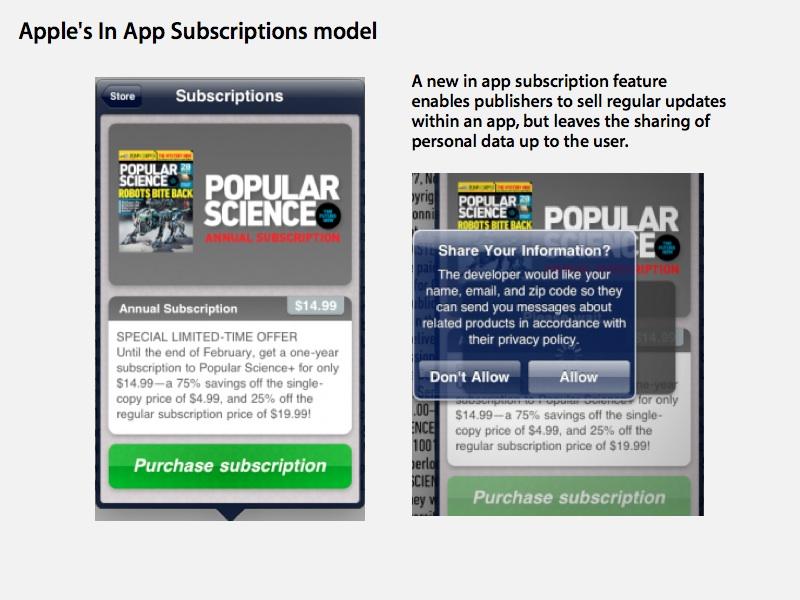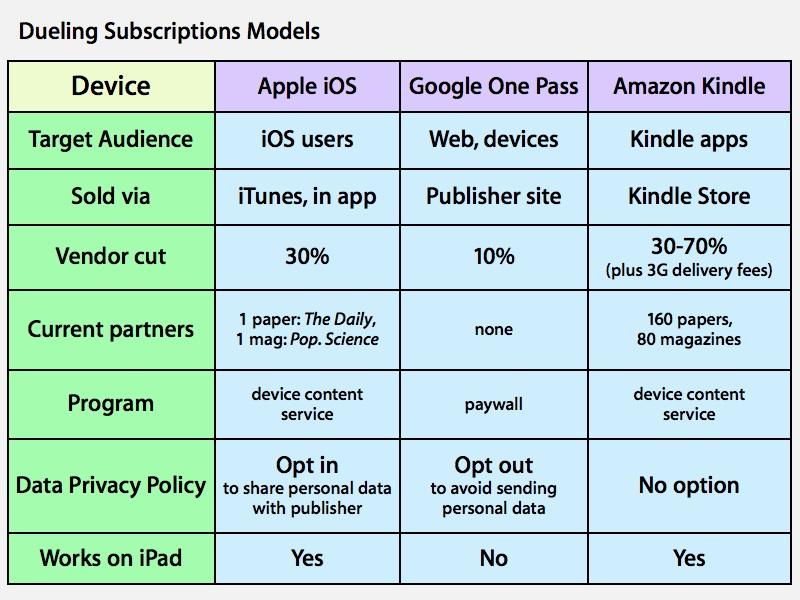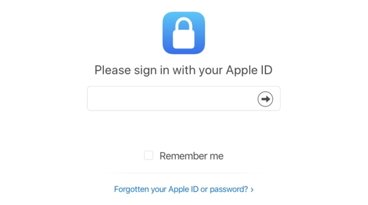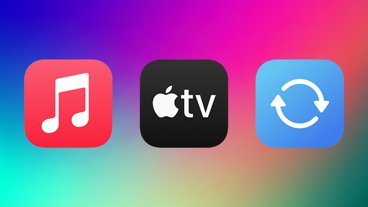Inside subscription content: Apple iPad vs Google One Pass vs Amazon Kindle
Apple's iOS subscription Plan
As previously announced, Apple will charge publishers a 30 percent cut of subscription revenue that is sold through iTunes or in app purchases made on iOS devices. The company takes no cut of subscription revenue the publisher lines up on its own, outside of Apple's platform (such as through the publisher's online or direct sales to its established subscribers).
Apple also mandates that publishers must make in app purchases of subscription content an option for their iOS users, and stipulates that they can't charge more for content within iTunes than they do elsewhere to make that option less attractive.
The most difficult hurdle for most publishers, however, isn't the size of the fees Apple charges, as iTunes' highly visible merchandizing is known to provide large volumes of new sales that will more than offset any cut Apple takes.
Instead, most publishers are concerned about Apple's privacy policy, which leaves it up to the customer to decide if he or she wants to forward contact information, including an email address, to the publisher. Publishers are afraid most people won't opt in, depriving them of valuable marketing data and verified subscriber distribution numbers they currently use to sell ad placement to marketers.
Shifting from ads to content
Apple is essentially turning the publishing industry from an ad-centric medium it has long been into a content market identical to the ones it has already set up within iTunes for music, TV, movies and apps. Apple has never supported an ad-based music subscription model, or free TV or movies supported by ads, and has only recently began monetizing free apps with iAd.
While music, movies and apps have a history of being sold directly, newspapers and magazines have long relied upon ads more than subscription or newsstand revenues. In most cases, the newsstand or subscription costs of periodicals has largely only ever served to help pay for distribution, with publishers making most of their revenues from advertising.
That makes Apple's 30 percent cut almost immaterial to publishers, because their iTunes subscription distribution and fulfillment costs are being largely borne by Apple anyway. The problem isn't that Apple is also taking away publishers' ad revenues, because there are no limits or revenue sharing fees placed upon the ads publishers run themselves, just as Apple makes no cut of apps that include ads from Google's AdMob, Millennial Media, or other networks.
The real issue is that publishers are increasingly feeling the heat from advertisers to quantify and enhance the results of their ads. Publishers already have far more information on their subscribers via iPad than they do in the world of printed paper. Just as on the web, iPad publishers (and their ad networks) see users' ad views and clicks, and can record where and when users respond to them.
What publishers are going to be missing under Apple's new plan is the personal data of subscribers who choose not to let the publisher directly market to them in an effort to earn revenues beyond trackable web-like ads and the old print ads before them. Apple has previously established limits on what personal information (including GPS location data) app developers can access and for what reason, in an effort to keep aggressive marketers from unscrupulously "stealing data."
Some publishers are framing this issue as a loss in their ability to tailor content to readers, but it's really about expanding publishers' opportunities to profit from their content by learning more about their customers. Apple is insisting that the customers it brings to publishers via iTunes should not be forced to give up their personal data to the publisher. Essentially, Apple is siding with its customers to ensure the iTunes experience is both unique and satisfactory, because it is the users who will be paying to keep iTunes open.
On page 2 of 3: Subscriptions the Google Way.
In response, Google has announced a One Pass plan with a discounted 10 percent cut it will charge publishers who use it. However, Google's solution is a "lightweight technology implementation" that works more like a PayPal-powered paywall on the web, covering only the billing aspect of subscription content.
Google isn't offering publishers a listing in a visible marketplace, because it doesn't have an equivalent to iTunes. Android Market, unlike Apple's App Store, only gets traffic from the installed base of Android devices that choose to install it. Google doesn't mandate that all Android licensees include its Market, so there are no reliable metrics on the size of this audience. In contrast, every iOS device (160 million) and every Mac and PC desktop copy of iTunes includes Apple's App Store. That's a vast market.
Google itself is not happy with the low sales of apps in Android Market, a problem it is working to correct with new payment options (including carrier billing for markets where it doesn't accept payments) and a new initiative focused on "weeding out apps that violate Android Market’s terms of service."
Android also lacks an installed base of tablet devices capable of driving subscription sales. The company hopes that new Android 3.0 Honeycomb tablets take off, but at prices like Motorola's $800 Xoom, it will likely be some time before Google can advertise an installed base comparable to Apple's 15 million and counting iPad users. An estimate on the tablet market by Forrester in January says that while tablet sales are expected to double, "the lion's share will be iPads, and despite many would-be competitors that will be released at CES, we see Apple commanding the vast majority of the tablet market through 2012."
So Google is really positioning One Pass at the web, while noting that it also works "in instances where the mobile OS terms permit transactions to take place outside of the app market," which is code for saying it works everywhere WebM does: most of the web, probably its own Android platform, but certainly not on iOS devices. Also like WebM, Google is pushing One Pass as a cheaper alternative for publishers.
The commission was just a red herring
Google isn't just offering a discounted commission to woo subscription content providers, however. The main attraction Google is offering is full access to One Pass users' personal data, with only an opt out option for those who don't want to participate. Just as Apple's subscription model is similar to existing sales in iTunes, Google's new model is based upon its legacy as a web advertiser.
The company has demonstrated little real interest in selling Android apps, preferring instead to have developers use its AdMob mobile ad network to support their work. That's why the developer of Angry Birds called exclusive ad-supported distribution of its app on Android "the Google Way."
The problem for users, apart from privacy concerns, is the the Google Way doesn't really encourage quality content. As is evident both in Android Market and on the web in pages monetized by Google, there's an awful lot of low quality content and a fairly low signal to noise ratio that results when anyone can publish without any limits, but there's little opportunity to actually make any money.
While Apple has frustrated its iOS developers with delays in accordance with its strict app approvals policy, Google frustrates users who are looking for quality content, because it's simply very hard to find in Android Market. That's the main reason why Google's Android Market isn't just behind the App Store in total numbers, but really doesn't even function as a viable market for mobile software outside of a few ported games with the popularity to make money on high volume ad revenue.
Battle of the models
The most troublesome aspect of Google's strategy is that it has already been tried before, unsuccessfully. One Pass is very similar to efforts by publishers themselves, such as Journalism Online Press+, a program led by a former Wall Street Journal executive that's been marketed toward newspapers and magazines over the last year without seeing much interest. Conceptually, users are supposed to fall in line and start paying fees to browse the web that they've been browsing for free all this time. The public does not seem interested in this idea.
If that sounds like Microsoft's attempts to sell PlaysForSure's heavily restricted DRM music to people who were already used to trading MP3s around for free, it's because it is. Apple's plan for subscriptions is much like its original strategy for music: it pairs content with desirable hardware and a market that adds a premium value to the core content. Amazon followed the same model in creating Kindle.
Apple didn't just erect a paywall across music access on the web; it created a real market that offered a differentiated, more attractive music experience that its users were willing to pay nominal fees to use. That's also why Apple is selling access to apps that essentially serve the same purpose as free websites, but don't involve intrusive ads and popups or allow spyware or location tracking, and do meet the minimum standards Apple has set, making them attractive to users willing to pay for premium content. This model has been proven to work in music, TV, movies, apps, and now Apple's banking on it working for subscription-based periodicals, too.
On page 3 of 3: Amazon's third door: the Kindle
A third option for publishers selling subscription content is Amazon's Kindle, which beat both Apple and Android to market. Amazon delivers content not just to its own Kindle devices, but also desktop users and both iOS and Android hardware.
Unlike Apple and Google, Amazon does not operate a mobile ad network, making Kindle wholly dependent upon content sales and content subscriptions, the same model Apple is targeting with its own subscription plan. Also like Apple, Amazon sells its own hardware.
Until the end of 2010, Amazon was charging bloggers, newspapers and periodicals a 70 percent cut of their subscription revenue, a cut more than twice as large as the 30 percent cut Apple is asking. The range of publishers supporting Kindle indicates that the size of the subscription cut taken by the distributor is clearly not at issue for the vast majority of publishers.
Digital delivery charges
One key difference is that Amazon subsidizes Kindle users' 3G connectivity (referred to as Whispernet), an expense it passes on to content publishers. While Amazon has revised its policies to now take a 30 percent cut just like Apple (at least for select publishers; for others, including bloggers, Amazon takes a 70 percent cut), it also charges publishers a delivery fee before taking its cut. Amazon charges 15 cents per megabyte in the US and UK, and 99 cents per megabyte in other countries.
This means that a newspaper that delivered 9MB of data to subscribers per month would be changed $1.35 fee in the US or UK and $8.91 elsewhere. For a newspaper priced at $9.99 per month, the publisher would net either $6.05 (domestic) or just 64 cents (foreign) per subscriber. This compares to a $7 net for publishers from iTunes. These delivery fees are only incurred on Kindle 3G distribution; content delivered via WiFi or through mobile apps do not incur extra fees, because Amazon does not pay anything for delivery.
It appears, however, that under Apple's new in app subscription rules, delivering content through iOS apps, at least for subscriptions sold through iOS in app purchases, will incur a 30 percent cut by Apple. For the hypothetical 9MB newspaper that costs $9.99 per month, this would amount to $3, which is more than Amazon currently charges for 3G Whispernet delivery within the US and UK, but far less than it charges everywhere else.
This delivery fee, inherent in Amazon's Kindle business model, goes up as content grows in size digitally. For that reason, it's being blamed as the reason why newspapers and magazines who use Kindle as a publishing medium avoid the use of graphics. Apple and Google have no similar delivery charges because they deliver content via the Internet, allowing customers to choose whether they want to pay for mobile delivery (or pay for unlimited data service) or whether they want to use existing WiFi or, in the case of iTunes, desktop internet service to obtain their content.
Also unlike Apple and Google, Amazon provides a publisher option for bloggers to sell their content via subscriptions in Kindle. However, Amazon takes a 70 percent cut of the revenue bloggers generate. For newspaper and magazine publishers who do not meet certain requirements, including a 3 hour advanced delivery of content prior to print publishing, Amazon also charges a 70 percent cut. Amazon also does not support free delivery of subscription content via Kindle.
The Amazon Way
Amazon also prices Kindle content itself, leaving publishers out of the loop on how much their own work should cost. Apple similarly set the price of music within iTunes, but it set it once, giving labels a consistent idea of exactly how much they'd make from each sale. Amazon reserves the right to set and change prices at its whim, and also charges delivery fees that may easily eat up most of the value of the subscription, particularly for content that has any graphical content.
A report by PCPro on the subject of Amazon's digital delivery fees noted, "an issue of PCPro with around 150 separate articles, and 100 photos would likely incur delivery costs of 50p-60p [80 cents to $1] an issue. We can pop a magazine in the post to subscribers for significantly less than that."
On the subject of Amazon setting publishers' prices it added, "if Amazon decides to publish PCPro at the bargain price of £1.99 per issue, not only are we taking the hit on the delivery costs, but we’re severely under-cutting our print magazine too. Conversely, if Amazon decides to push for maximum profit – The Economist costs £9.99 per month on The Kindle store, almost £20 more expensive over the course of 12 months than a print subscription that also gives access to the digital editions (excluding Kindle) – the publisher gets in the neck from angry customers."
The magazine concluded, "no wonder most newspapers and magazines have decided to play it safe with minimal images, or avoid publishing on The Kindle at all."
A three horse race
While Google is getting lots of attention for challenging Apple's subscription policy, it's Amazon that currently has the largest lead. It's also clear that it will be increasingly cheaper for Amazon to deliver content through iTunes, even paying Apple in app fees where necessary, than to continue to pay for Kindle Whispernet delivery, even when it passes most of its "delivery charges" to publishers. Publishers will also prefer to deliver as much data as they want, rather than having expensive per megabyte fees eating up most of their revenue.
Apple's provision to enable publishers to begin selling subscription content to iOS users directly will likely get some initial resistance, just as music labels pushed back on individual song sales, a lack of variable pricing, and the removal of DRM. All the labels eventually joined iTunes simply because it offered them a legitimate market that made them money. They later negotiated with Apple to give up DRM in exchange for variable pricing, but also accepted that song prices were a good idea after all.
Similarly, Apple entered the episodic TV and later movie rental markets with initially just one or two partners. Other studios later jumped on the bandwagon after Apple proved its audience was real and ready to buy their content. Apple also launched its App Store with initial support from small and indie developers, with larger firms, including Microsoft and Adobe, taking longer to join Apple's mobile app market.
Google's publisher-friendly terms are also not without precedent. When Microsoft attempted to take on Apple's iPod, it initially offered labels far more restrictive Windows Media DRM that promised to restrict users' music playback to mobile devices or prevent it from being burned to a CD or expire songs after a period of time.
Apple's appeal to end users trumped that strategy, as individuals simply rejected PlaysForSure devices and bought iPods instead. That holds little hope for Google's attempt to draw publishers to its new tablet platform. Additionally, Google has the same problem as Microsoft in terms of installed base.
 Daniel Eran Dilger
Daniel Eran Dilger












 Mike Wuerthele
Mike Wuerthele

 Malcolm Owen
Malcolm Owen
 Chip Loder
Chip Loder

 William Gallagher
William Gallagher
 Christine McKee
Christine McKee
 Michael Stroup
Michael Stroup







